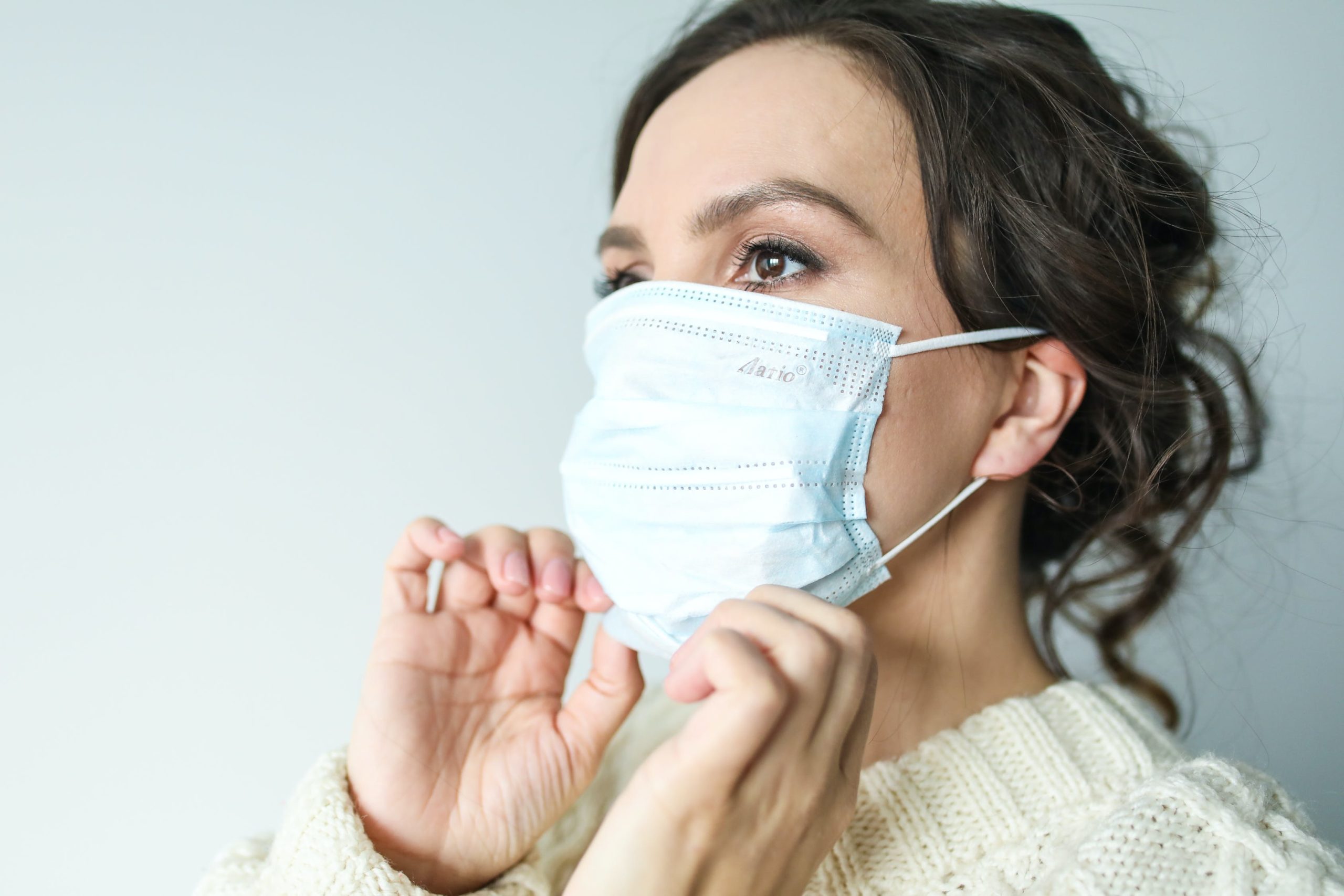The world is focused on safety right now, and you want to do what is right for your employees. But does an employer have to provide PPE? And if so, what PPE does an employer have to provide?
Employers must provide PPE to employees where it is suitable to the nature of their work. PPE can be protective clothing, including but not limited to, hard hats, gloves, masks, gowns. Or equipment such as harnesses, signage, barriers and sunscreen. Employers need to make sure employees know how to use the PPE. Depending on the country, there are legal requirements about using PPE in the workplace.
What is PPE?
So you might be wondering, what does PPE actually stand for? PPE stands for Personal Protective Equipment. PPE is designed to protect you from hazards like falling objects, harmful particles, and even some illnesses.
You need to make sure your PPE complies with safety standards. That way you know it has undergone rigorous testing and there is less chance it will let you down when you most need it as Improper PPE can lead unwanted injuries to you.
Where can I get PPE?
Recently PPE has become more popular around the world. People have realized the threat of airborne illnesses and the role that PPE can play in reducing the impact. But even though demand has skyrocketed, factories have not been able to keep up and there is a scarcity in supply in many places.
What we have found is that the best place to find basic PPE, is in your local tool shop! The reason is, because when demand surged, healthcare suppliers, pharmacists, and large tool chains were all wiped out by panic buying. But people who live in cities are unaware of the other avenues to find PPE.
For instance, painters and welding professionals use N95 masks. Asbestos removing professionals use high grade protective coveralls. There are also PPE shops and workwear shops that service the construction and mining industry. Some of these like the online store Paragon Tools, even sells their PPE online across Australia! So it’s a good idea to check out your local tool shop!
What PPE does an employer has to provide?
A business is required provide PPE to lessen the risk of potential hazards at the workplace. For instance, an environment which comes with a risk of heavy objects being dropped would need to provide steel toe boots. Or then again in the event that you are working in a dusty domain you should be given an N95 mask such as the dr mfyan kn95. A worker has the right to challenge their boss in the event that they don’t feel they are given the right PPE to provide them protection. A business has an obligation to make sure it takes the necessary steps to establish a safe working environment.
What to do with agency workers or temporary workers?
The misguided opinion that you don’t need to provide PPE to temporary workers or visitors is not correct. No matter what their role, any employee that enters a potentially hazardous area, needs to be fitted with the right protective equipment. When any employee steps into the work environment of the business, they need to be wearing the right PPE. Put plainly, regardless of whether they are there for one day or even one hour, you have to provide them with the correct protective equipment.
This additionally applies to transitory specialists, brief representatives, office laborers, preliminary workers and any model where enters a hazardous site.
What is included in PPE?
That’s a great question. If you have to provide personal protective equipment, you’re going to need to know some examples of what to consider. There are many different types of PPE so this is just a short list of the main ones to consider as advised by OSHA. Let’s have a look:
- Eye protective glasses and face shields for your eye protection.
- Earmuffs and ear plugs for ear protection.
- Bump caps and hats for head safety.
- Safety gloves are included in the PPE for hand protection.
- Facemasks, and N95 respirators
- Fire retardant and high visibility clothing
What the Law states
There are established laws that the employers need to follow for their employees. The employer needs to make sure that safety of the work place is considered and controls are put in place to protect its employees. Where PPE is required to protect employees, this equipment needs to be provided. Employers need to ensure that their staff know how to fit check, wear and store their PPE.
Businesses must therefore make sure they go further than just having the personal protective equipment on the premises. The workers must have the equipment accessible, or in any event have clear directions on where they can get it.
Now I know about personal protective equipment, what next?
Now you have the basic understanding of what Personal Protective Equipment is, and what PPE an employer has to provide. Your next step is going back to your worksite, and conducting a safety assessment. This is to determine potential safety hazards so you can implement a plan to reduce the risk. Once you have reduced the risk in the worksite, you then can work out what PPE you need to protect your employees from any remaining hazards.

